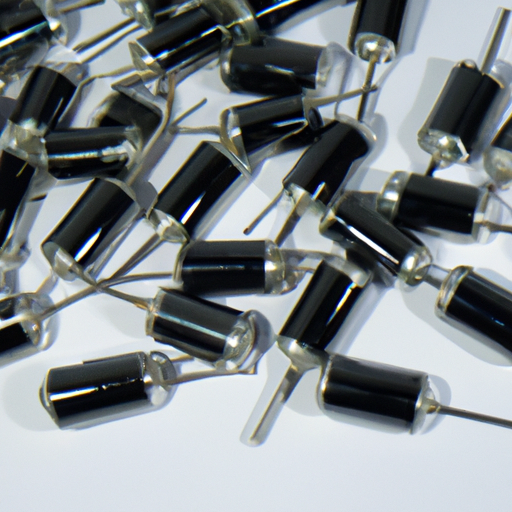In recent years, converter manufacturing processes have seen significant advancements in technology and efficiency. These processes are crucial in the production of converters, which are devices used to convert one form of energy into another. From power converters used in electrical systems to catalytic converters in vehicles, the manufacturing processes have evolved to meet the increasing demands for performance, reliability, and sustainability.

Another key development in converter manufacturing processes is the use of additive manufacturing, also known as 3D printing. This technology allows manufacturers to create complex geometries and structures that are not possible with traditional manufacturing methods. Additive manufacturing is being used to produce components for converters with higher precision and efficiency, leading to improved performance and reduced production costs. This technology is also enabling manufacturers to create customized converters for specific applications, further enhancing their functionality and reliability.
Furthermore, automation and robotics are playing a crucial role in modern converter manufacturing processes. These technologies are being used to streamline production processes, increase productivity, and improve quality control. Automated systems are being implemented to handle tasks such as assembly, testing, and inspection, reducing the need for manual labor and minimizing the risk of errors. Robotics are also being used to perform repetitive and dangerous tasks, ensuring the safety of workers and improving overall efficiency.
In addition to advanced materials, additive manufacturing, and automation, sustainability is a key focus in modern converter manufacturing processes. Manufacturers are increasingly adopting eco-friendly practices to reduce their environmental footprint and meet regulatory requirements. This includes using recycled materials, optimizing energy consumption, and implementing waste reduction strategies. By incorporating sustainable practices into their manufacturing processes, companies are not only reducing their impact on the environment but also improving their reputation and attracting environmentally conscious customers.
Overall, the latest converter manufacturing processes are characterized by innovation, efficiency, and sustainability. By leveraging advanced materials, additive manufacturing, automation, and sustainability practices, manufacturers are able to produce high-quality converters that meet the demands of today's market. These advancements are driving the industry forward and shaping the future of converter manufacturing. As technology continues to evolve, we can expect to see even more exciting developments in the field of converter manufacturing, leading to improved performance, reliability, and sustainability.
In recent years, converter manufacturing processes have seen significant advancements in technology and efficiency. These processes are crucial in the production of converters, which are devices used to convert one form of energy into another. From power converters used in electrical systems to catalytic converters in vehicles, the manufacturing processes have evolved to meet the increasing demands for performance, reliability, and sustainability.

Another key development in converter manufacturing processes is the use of additive manufacturing, also known as 3D printing. This technology allows manufacturers to create complex geometries and structures that are not possible with traditional manufacturing methods. Additive manufacturing is being used to produce components for converters with higher precision and efficiency, leading to improved performance and reduced production costs. This technology is also enabling manufacturers to create customized converters for specific applications, further enhancing their functionality and reliability.
Furthermore, automation and robotics are playing a crucial role in modern converter manufacturing processes. These technologies are being used to streamline production processes, increase productivity, and improve quality control. Automated systems are being implemented to handle tasks such as assembly, testing, and inspection, reducing the need for manual labor and minimizing the risk of errors. Robotics are also being used to perform repetitive and dangerous tasks, ensuring the safety of workers and improving overall efficiency.
In addition to advanced materials, additive manufacturing, and automation, sustainability is a key focus in modern converter manufacturing processes. Manufacturers are increasingly adopting eco-friendly practices to reduce their environmental footprint and meet regulatory requirements. This includes using recycled materials, optimizing energy consumption, and implementing waste reduction strategies. By incorporating sustainable practices into their manufacturing processes, companies are not only reducing their impact on the environment but also improving their reputation and attracting environmentally conscious customers.
Overall, the latest converter manufacturing processes are characterized by innovation, efficiency, and sustainability. By leveraging advanced materials, additive manufacturing, automation, and sustainability practices, manufacturers are able to produce high-quality converters that meet the demands of today's market. These advancements are driving the industry forward and shaping the future of converter manufacturing. As technology continues to evolve, we can expect to see even more exciting developments in the field of converter manufacturing, leading to improved performance, reliability, and sustainability.